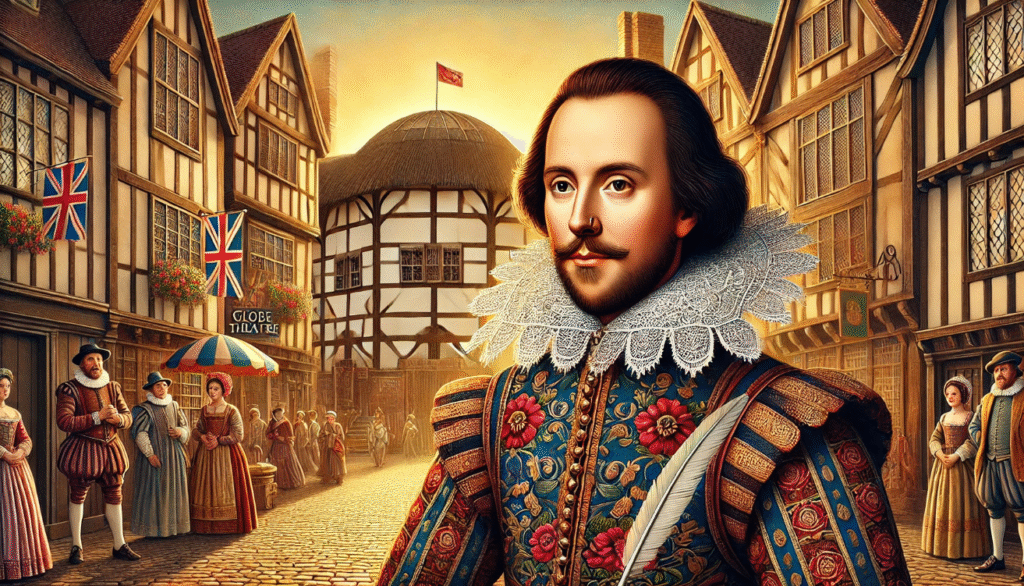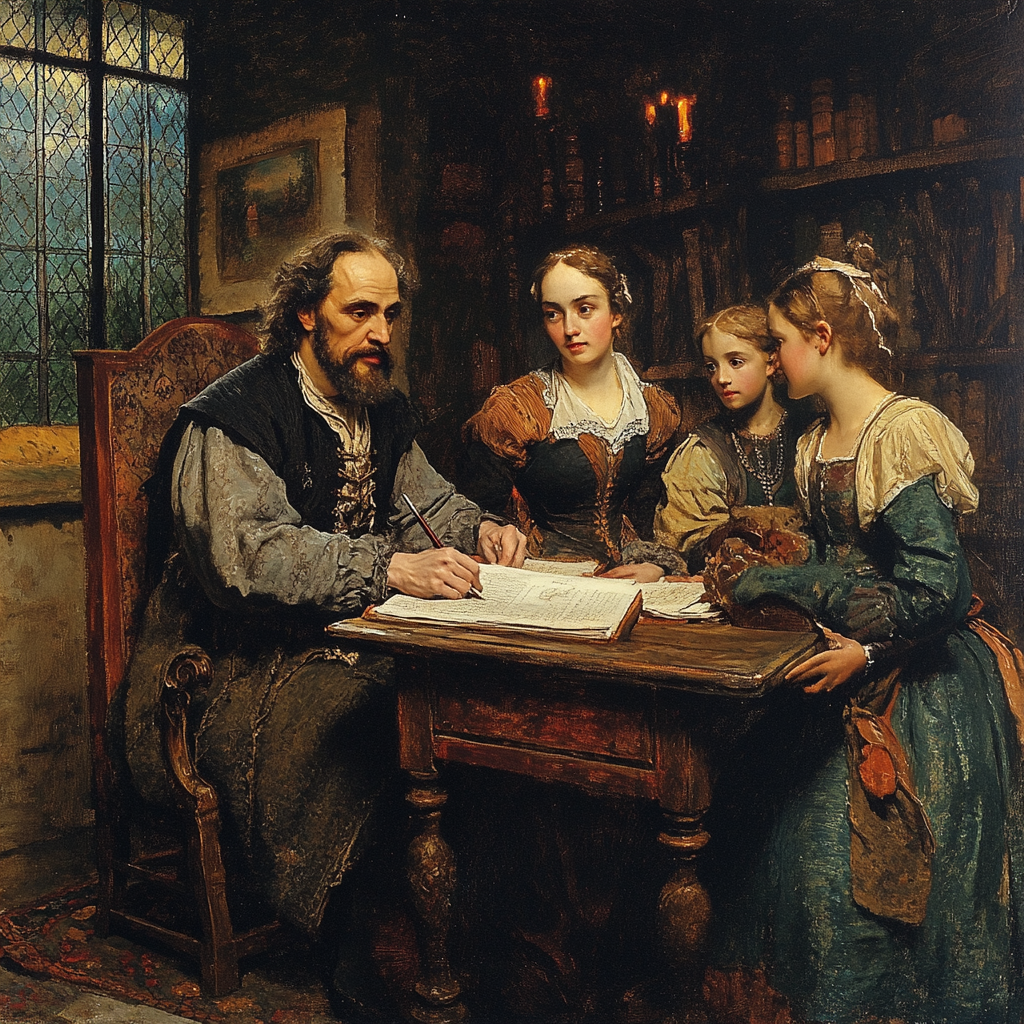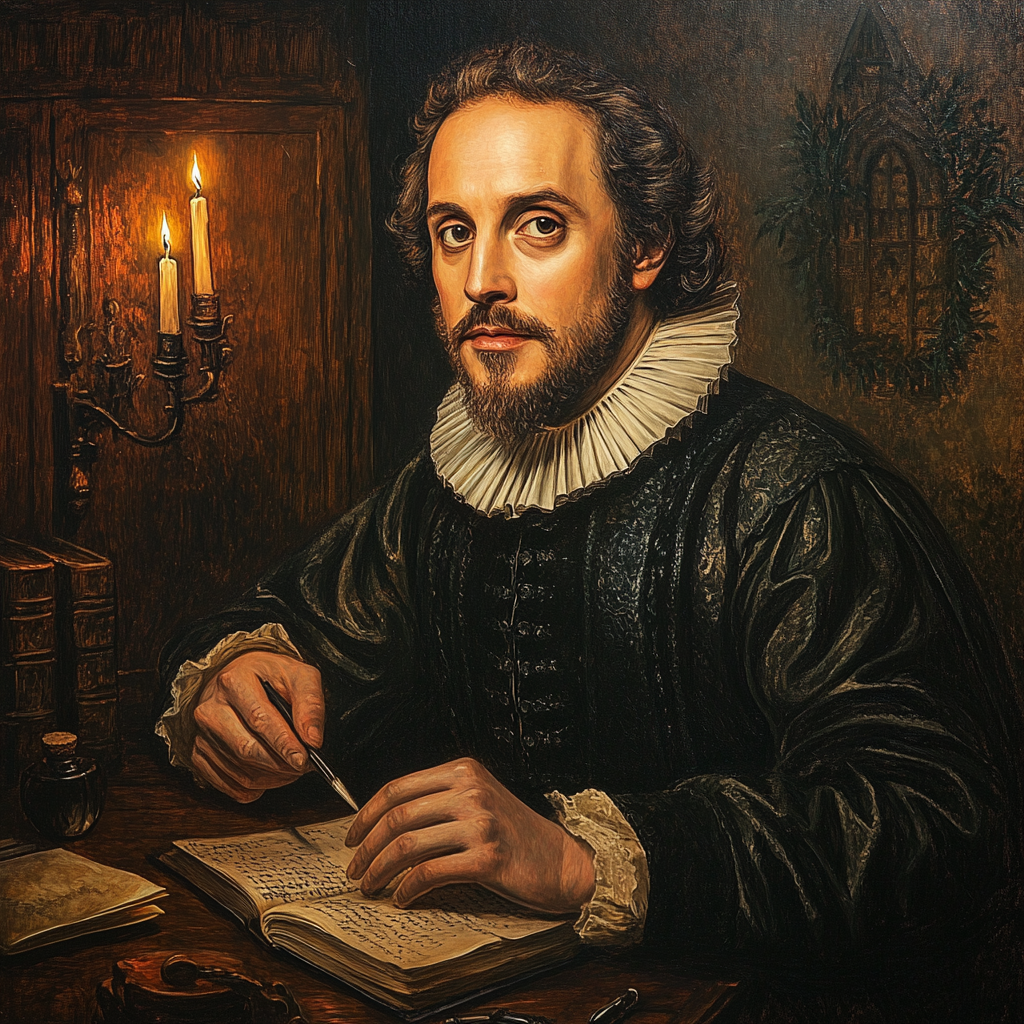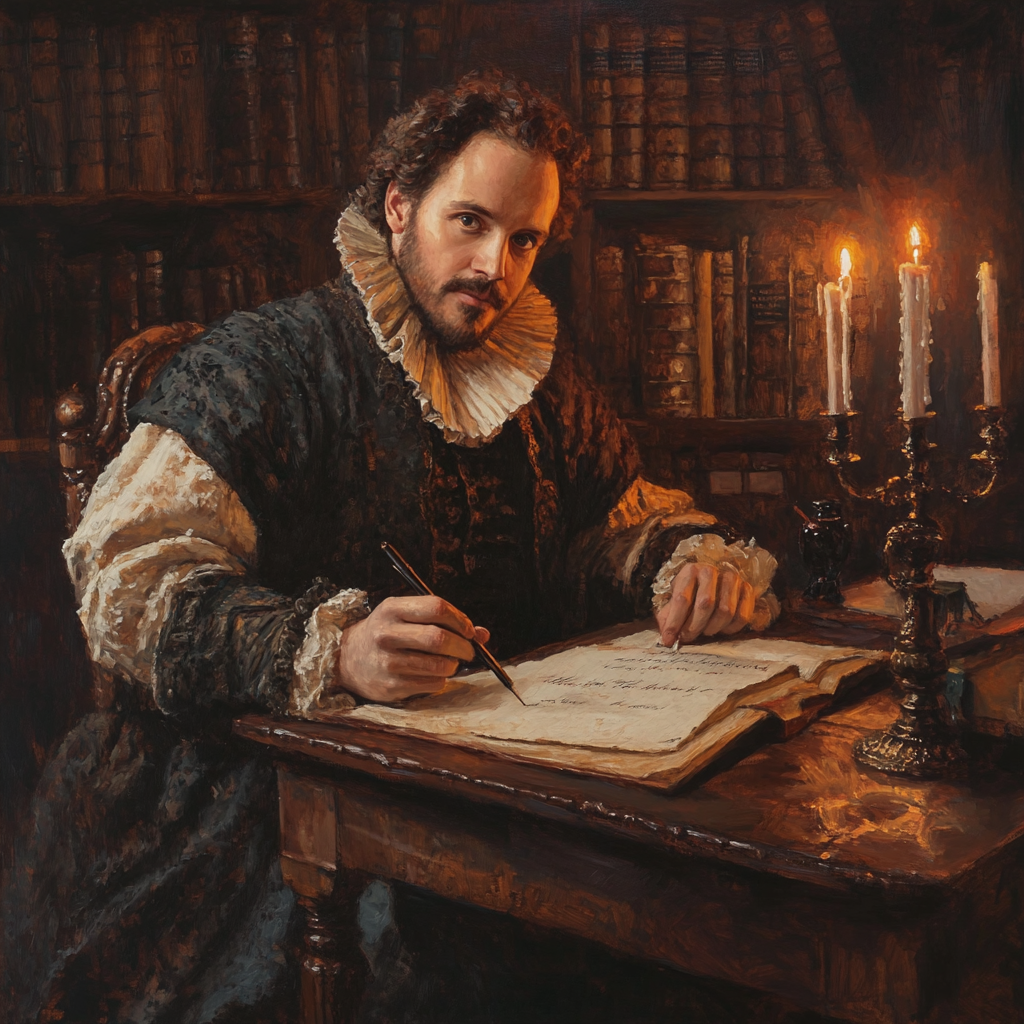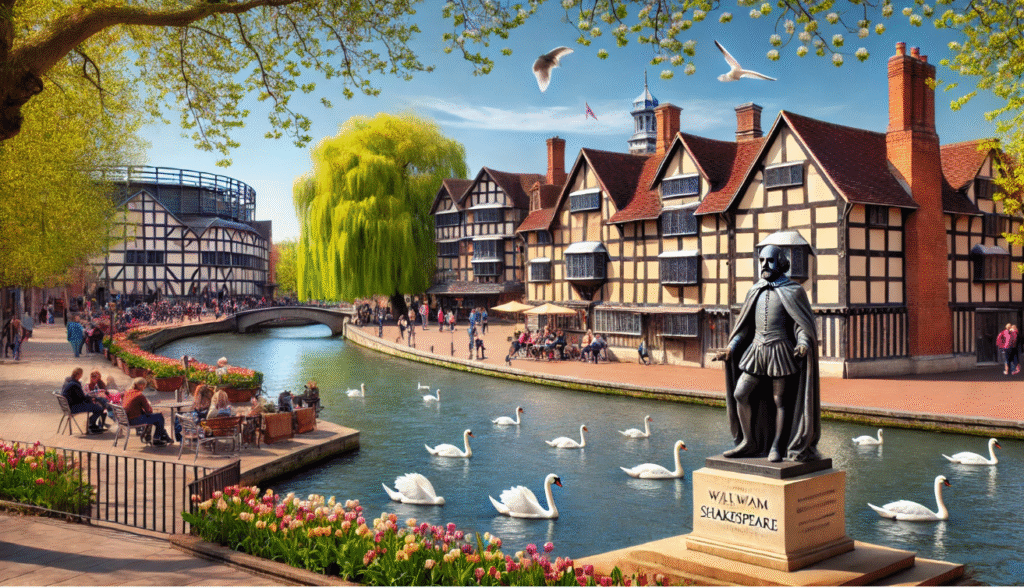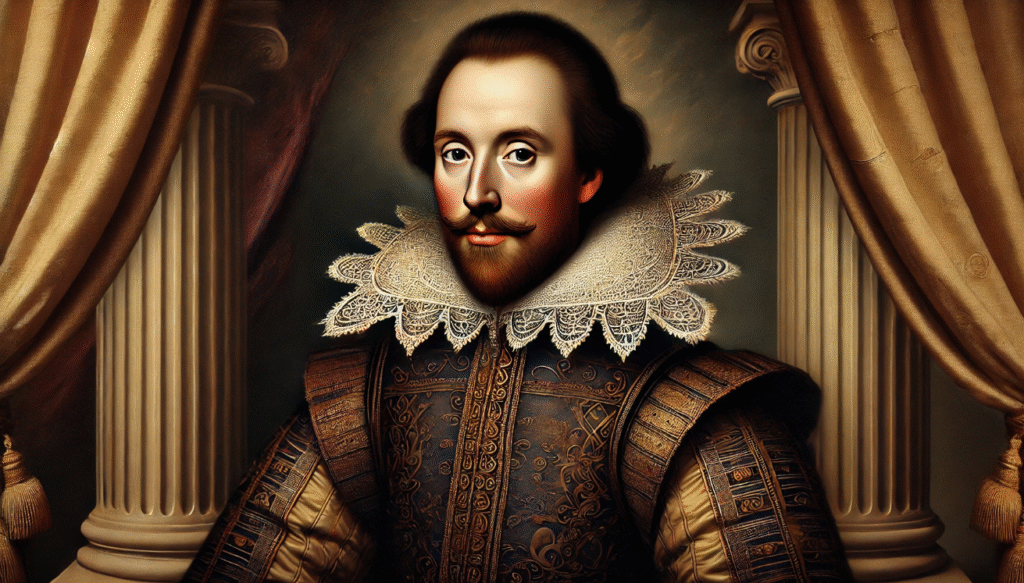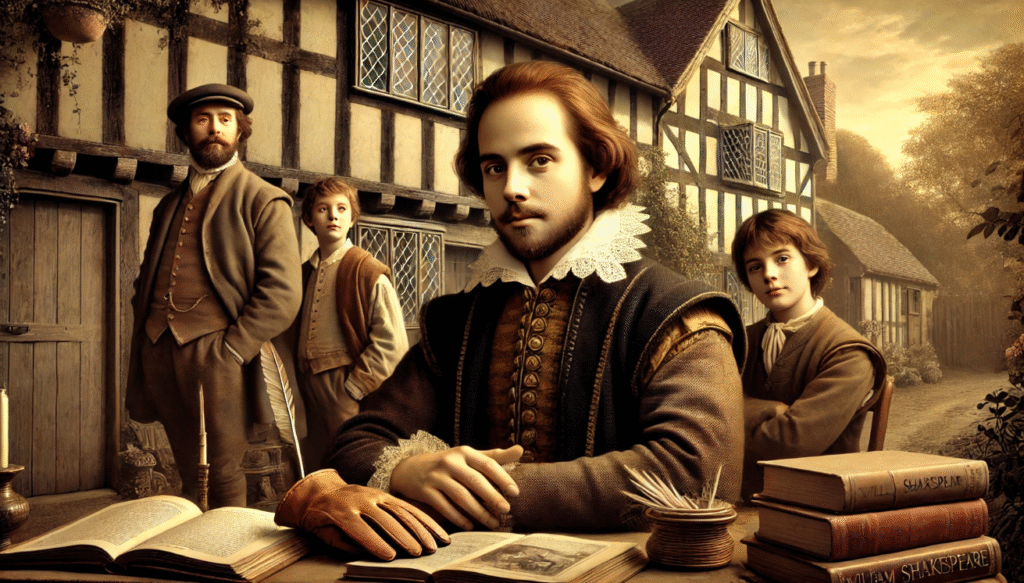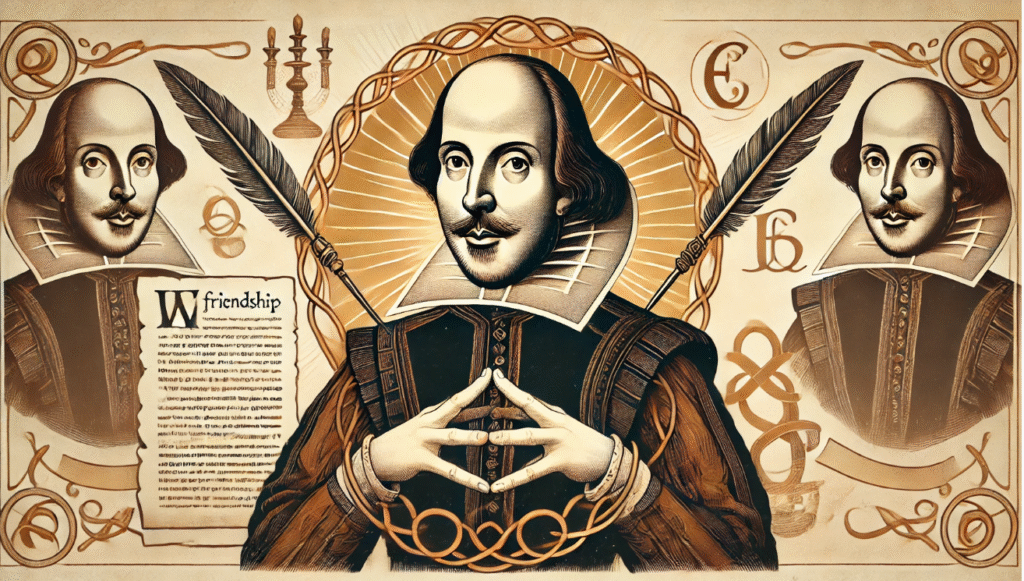William Shakespeare England is widely regarded as one of the greatest playwrights and poets in the English language. Born in 1564 in Stratford-upon-Avon, he wrote numerous plays, sonnets, and poems that continue to be studied and performed around the world. Shakespeare’s England works, such as “Hamlet,” “Macbeth,” and “Romeo and Juliet,” have had a profound impact on English literature and have shaped the way we understand human emotions and relationships. The Elizabethan Era, during which Shakespeare lived Shakespeare’s England, was a vibrant period of cultural, social, and political change in England. It was a time of exploration, scientific discovery, and artistic flourishing.
The purpose of this article is to explore the daily life, customs, and societal norms during Shakespeare’s time in England, and to analyze how these influences may have shaped his works as a playwright and poet. By delving into the cultural and historical context of Shakespeare’s era, we hope to gain a deeper understanding of the themes, characters, and settings within his renowned literary works.
The Historical Context of Elizabethan England
Queen Elizabeth I’s Reign:
During her rule, there was stability, prosperity, and a flourishing of the arts. Her leadership contributed to a time of growth and cultural advancement.
Renaissance Influence:
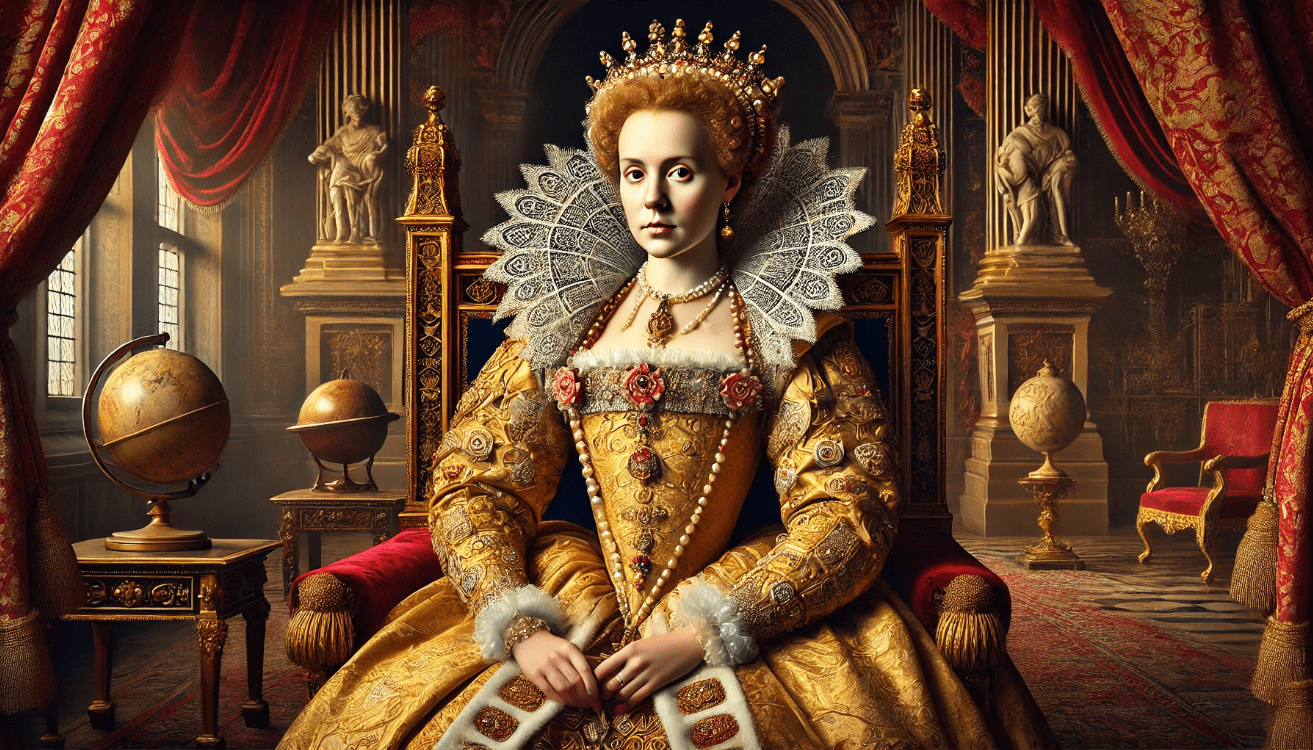
The intellectual and cultural revival shaping society is a significant and exciting development that is influencing various aspects of our world. This resurgence is leading to a renewed emphasis on creativity, critical thinking, and the exploration of diverse perspectives. It is also fostering a deeper appreciation for the arts, literature, and historical heritage. As a result, this revival is playing a crucial role in shaping the values, beliefs, and behaviors of individuals and communities, ultimately contributing to a more vibrant and enriched society.
Religion and Politics:
The tensions between Protestants and Catholics have had a significant influence on public life throughout history. From the religious wars in Europe to the Troubles in Northern Ireland, these tensions have often spilled over into political and social conflicts. In many countries, these divisions have shaped government policies, social attitudes, and even economic opportunities. It’s important to understand the historical and cultural context of these tensions in order to work towards greater understanding and reconciliation in our communities.
Social Structure and Daily Life
The Class System:
Nobility, gentry, merchants, and commoners each held specific roles and responsibilities within society. The nobility were often responsible for governing and protecting the land, while the gentry were typically landowners who held positions of authority within their communities. Merchants played a crucial role in trade and commerce, often contributing to the economic growth of their region. Commoners, on the other hand, made up the majority of the population and were typically responsible for labor and agricultural work. Each of these social classes had their own unique contributions to the functioning of society.
Daily Life:
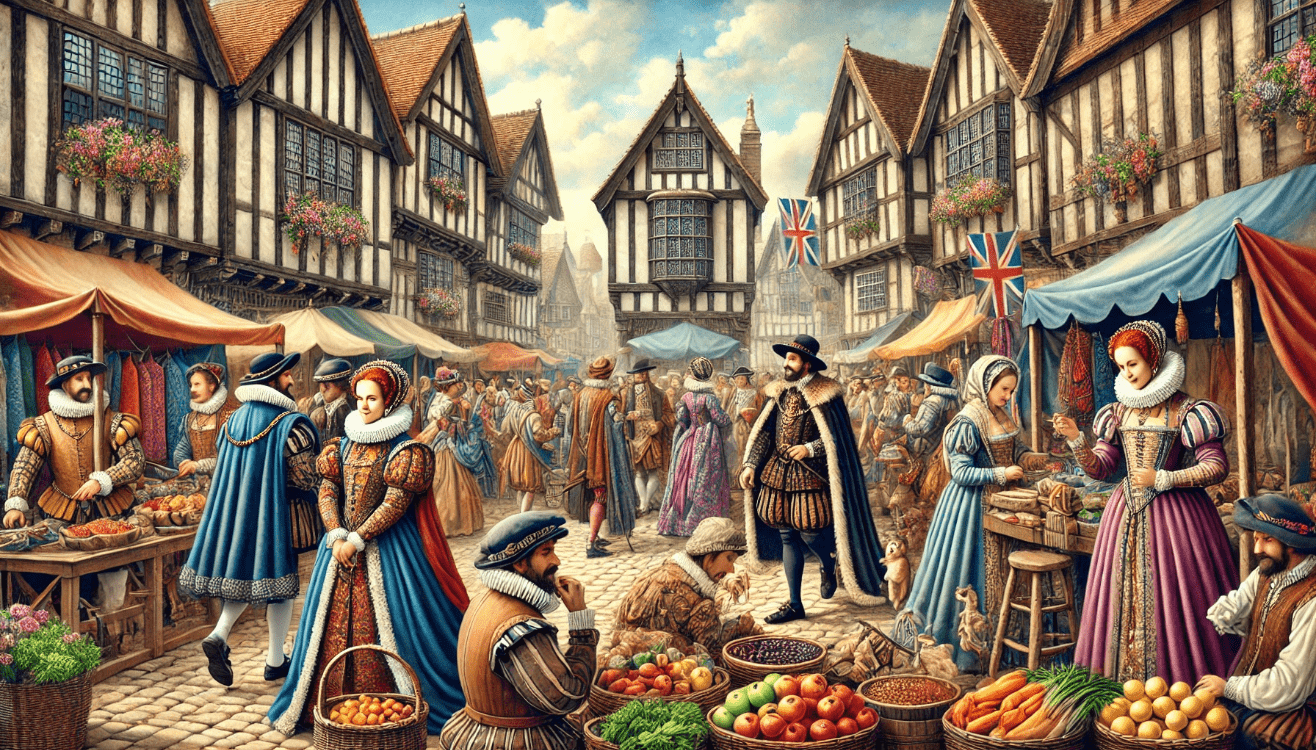
In Elizabethan society, occupations were largely determined by social class. The upper class held positions such as nobility, clergy, and government officials, while the lower class worked in agriculture, trade, and crafts. Family life was centered around the patriarchal structure, with the father as the head of the household. Gender roles were clearly defined, with men expected to be the breadwinners and women responsible for managing the household and raising children. Marriage was also an important aspect of family life, often arranged for economic or social reasons rather than for love.
Urban vs. Rural Life:
Well, lifestyle, housing, and access to resources can vary greatly depending on factors such as location, socioeconomic status, and personal preferences. Lifestyle differences can include things like diet, exercise habits, and leisure activities. Housing differences can range from apartment living in urban areas to single-family homes in suburban or rural areas. Access to resources can also differ, with some communities having better access to healthcare, education, and employment opportunities than others. It’s important to consider these differences when comparing different populations or when making decisions about where to live or how to allocate resources.
Arts and Culture in Elizabethan England
Theater and Literature:
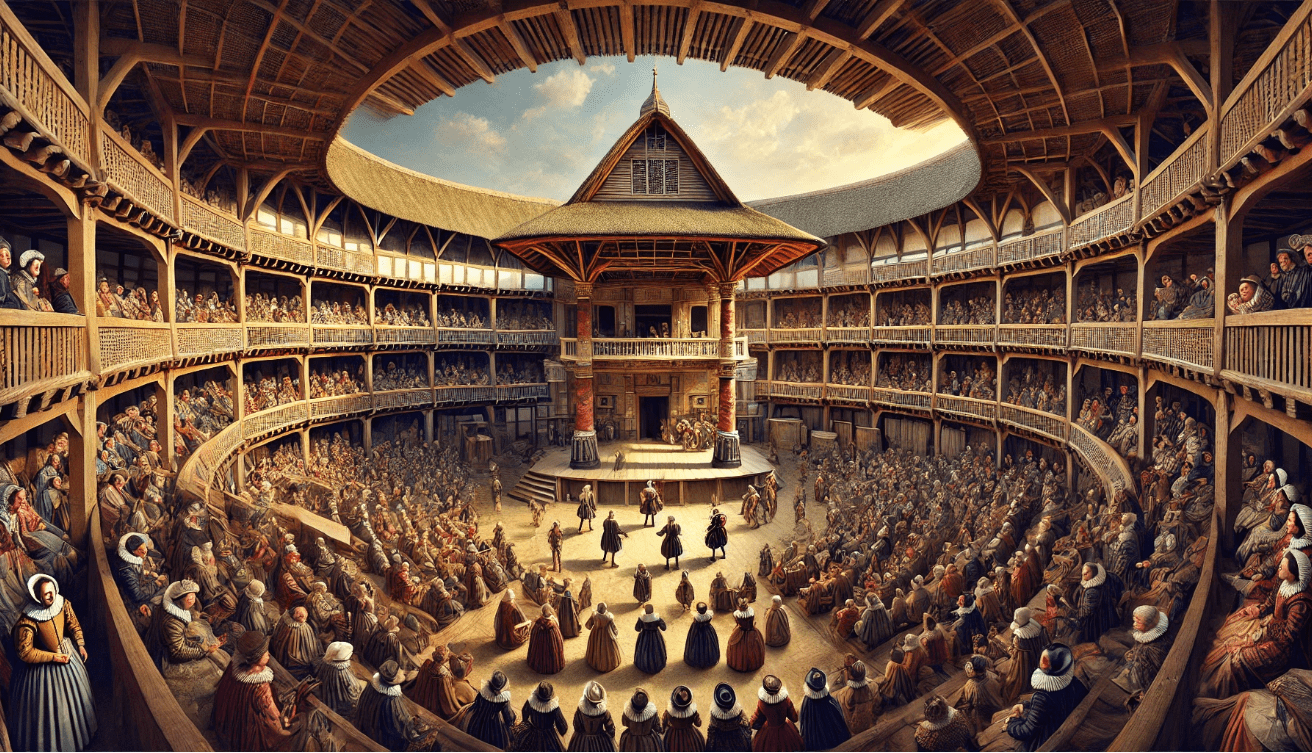
The Globe Theatre was built in 1599 by Shakespeare’s playing company, the Lord Chamberlain’s Men. It quickly became a prominent venue for Shakespeare’s plays and other popular playwrights of the time. The theatre’s unique design and open-air setting allowed for large audiences to enjoy the performances. Shakespeare’s works, such as “Hamlet,” “Macbeth,” and “Romeo and Juliet,” were some of the most famous plays performed at the Globe. Other prominent playwrights, such as Christopher Marlowe and Ben Jonson, also had their works staged at the Globe, contributing to its reputation as a hub for innovative and compelling drama.
Music and Entertainment:
Courtly music refers to the sophisticated and refined music that was performed in the royal courts and among the nobility. This type of music was often composed for specific occasions and was highly esteemed for its complexity and elegance. Folk traditions, on the other hand, encompass the music and dance practices of ordinary people within a particular culture or region. These traditions are passed down through generations and often reflect the daily lives and experiences of the community. Public festivals are events that bring together people from different backgrounds to celebrate and participate in various cultural activities, including music, dance, and performance. These festivals often showcase a wide range of musical styles and traditions, providing a platform for artists to share their talents with a larger audience.
Fashion and Style:
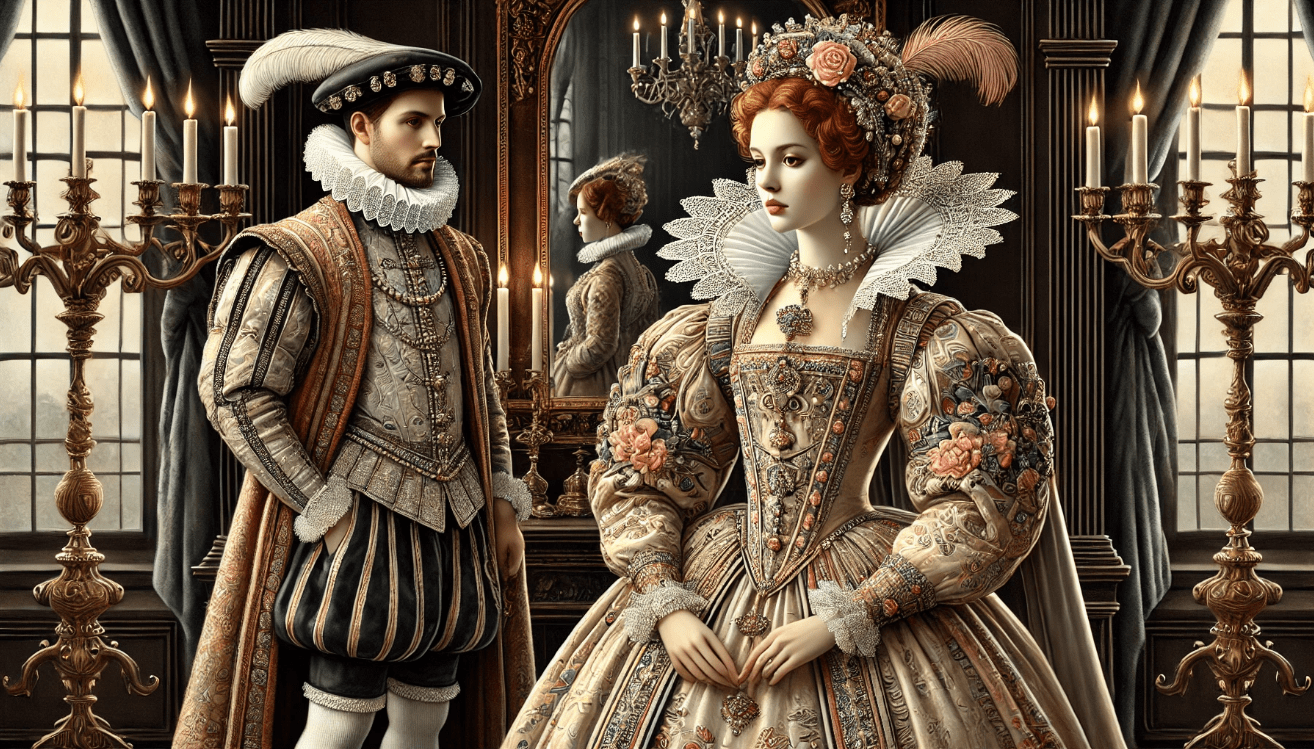
Distinctive clothing trends often vary across social classes. In some cases, upper-class individuals may opt for high-end designer clothing and accessories, while middle-class individuals might favor more affordable yet stylish brands. Meanwhile, lower-income individuals may prioritize practicality and affordability when it comes to clothing choices. These trends can also be influenced by cultural and regional factors, as well as personal preferences. Overall, clothing trends can serve as a form of expression and differentiation among different social classes.
Education, Science, and Innovation
The growing importance of literacy and grammar schools is due to the recognition of the vital role that literacy plays in a person’s education and future success. Literacy and grammar schools provide students with the essential skills and knowledge needed to effectively communicate, comprehend and analyze information, and think critically. In an increasingly competitive and globalized world, these skills are crucial for individuals to thrive in their personal and professional lives. As a result, there is a growing emphasis on the development and improvement of literacy and grammar schools to ensure that students are equipped with the necessary tools to succeed in the 21st century.
Scientific discoveries have greatly contributed to our understanding of the universe, advancements in medicine, and improvements in navigation. For example, the discovery of planets and stars has allowed us to better understand our place in the universe, medical discoveries have led to the development of life-saving treatments and technologies, and navigation advancements have made travel safer and more efficient. The printing press revolutionized the spread of knowledge and ideas by making it easier and more affordable to produce written materials. This led to increased literacy rates and the dissemination of information across different regions and social classes. The printing press played a crucial role in the spread of scientific discoveries, philosophical ideas, and religious texts, shaping the development of societies and cultures around the world.
Shakespeare’s Works and Their Reflection of Elizabethan Life
Shakespeare’s plays are a reflection of the social norms and issues of his time. Through his themes and settings, he captured the political and social climate of Renaissance England. His characters often represented various classes and moral dilemmas, shedding light on the complexities of society. The historical context of events and societal norms are mirrored in his works, offering a glimpse into the cultural landscape of the Elizabethan era. Overall, Shakespeare’s plays serve as a window into the past, providing valuable insights into the social fabric of his time.
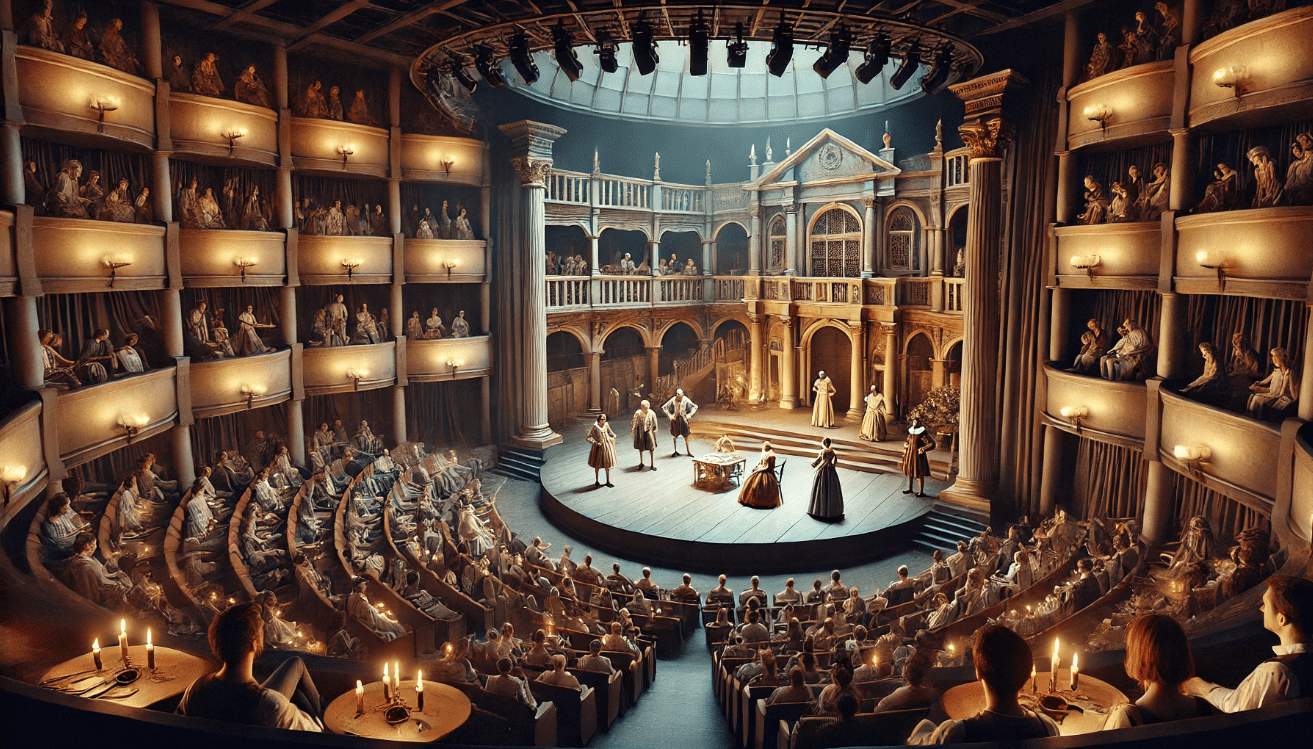
Legacy of Shakespeare’s England
The Elizabethan era continues to have a lasting impact on modern arts and literature. The preservation of history through museums, reenactments, and modern studies of the era has allowed for a deeper understanding and appreciation of Elizabethan culture. Additionally, Shakespeare’s continued relevance can be seen in his timeless themes and their resonance in today’s society. His works continue to inspire and influence contemporary literature and theater. Overall, the cultural impact of the Elizabethan era remains significant in shaping the arts and literature of today.
The Elizabethan Era in England was a time of great vibrancy and complexity. It was a period of significant cultural, political, and economic growth, marked by the flourishing of arts, literature, and theater. This was the time when William Shakespeare, widely regarded as the greatest playwright in the English language, produced his most famous works, including Hamlet, Macbeth, and Romeo and Juliet. The Elizabethan Era was pivotal in shaping Shakespeare’s legacy, as it provided the fertile ground for his creativity and innovation.

